click or tap an item to see the dangers involved with each one.
- Household Solid Waste
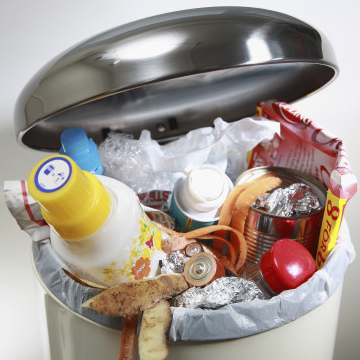 Why?
Why?
Household Waste, also known as domestic waste or residential waste, is refuse generated by households. Non-hazardous waste is often made up of food scraps, newspapers, bottles, cans, etc. and parts of it that can be recycled.
Refuse from households can also include some forms of hazardous waste and can originate from household cleaners, batteries, or oils. These types of waste need to be handled in a safe manner to ensure that they will not find their way into the environment and become a threat to both humans and animals.
- Tires
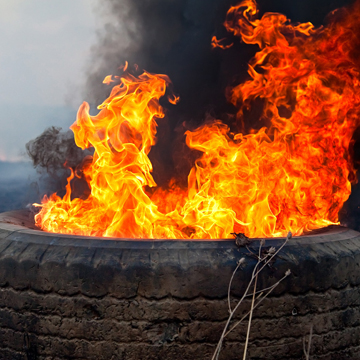 Why?
Why?
Burning tires releases a toxic soup of pollutants. Children are especially at risk. Hundreds of different toxic pollutants are created by burning tires as well as a tremendous number of small particles that settle deep in the lungs.
- Petroleum Products
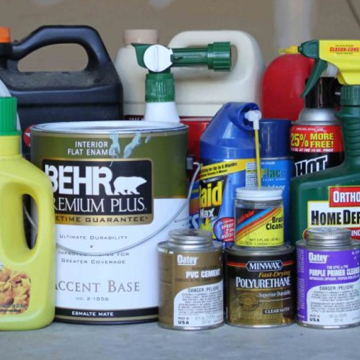 Why?
Why?
Smoke from petroleum products contains hazardous pollutants such as particulate matter, sulfur dioxide, lead, mercury, and hexachlorobenzene. These pollutants can have immediate and long-term health effects. Not only are the people who burn petroleum products exposed to these pollutants, but so are their families and neighbors. Children, the elderly, and those with pre-existing respiratory conditions can be especially vulnerable.
- Putrescible Waste
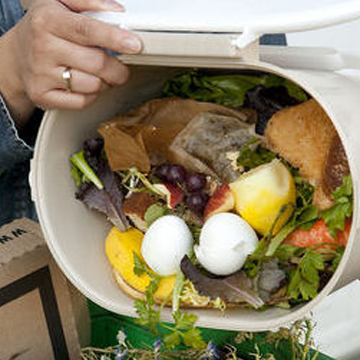 Why?
Why?
Putrescible waste is “solid waste that contains organic matter capable of being decomposed by microorganisms and of such a character and proportion as to cause obnoxious odors and to be capable of attracting or providing food for birds or animals.
- Treated Wood
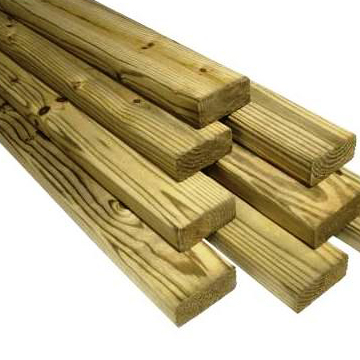 Why?
Why?
Treated wood should not be burned in stoves, fireplaces or outdoors because toxic chemicals are produced as part of the smoke and ash and can be harmful if inhaled. It is legal to dispose of treated wood in the landfill, although it's always best to find a way to re-use it. Some of the chemicals that are commonly used as a wood preservative are Chromated Copper Arsenate (CCA), Ammoniacal Copper Arsenate (ACA), creosote and pentachlorophenol. Some commonly used types of treated wood products are grapestakes, fence posts, railroad ties, foundation plywood, and pilings.
- Furniture
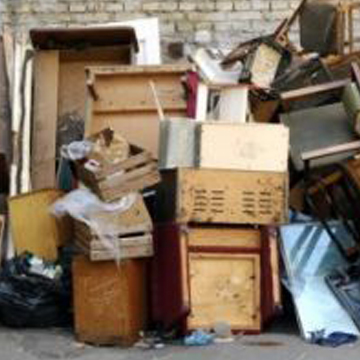 Why?
Why?
Modern-day furniture, wooden artwork and manufactured wood (such as particle board or plywood) is often treated with paint, lacquer or other chemicals that release toxic or carcinogenic fumes when burned. Thus, using these items as fuel for your fire can cause health issues immediately and in the long-run.
- Carpet
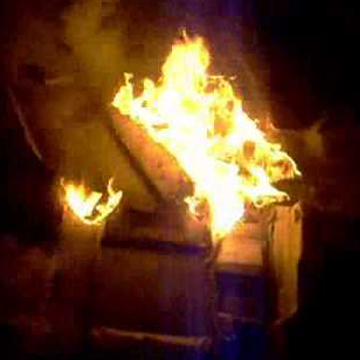 Why?
Why?
Carpeting glue is usually made with a formaldehyde resin. Formaldehyde can be toxic, allergenic, and carcinogenic. Because formaldehyde resins are used in many construction materials it is one of the more common indoor air pollutants. At concentrations above 0.1 ppm in air formaldehyde can irritate the eyes and mucous membranes, resulting in watery eyes. Formaldehyde inhaled at this concentration may cause headaches, a burning sensation in the throat, and difficulty breathing, as well as triggering or aggravating asthma symptoms.
- Electrical Wire
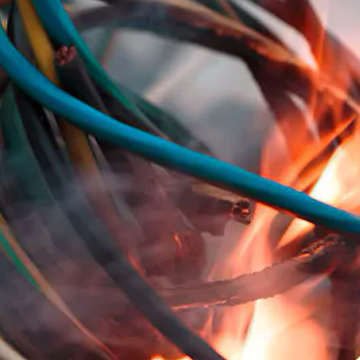 Why?
Why?
The copper wire that is found in most buildings are protected by a layer of insulation. This insulation is often removed over a low flame which then releases toxins like heavy metal particles, dioxins and other harmful chemicals. Inhaling these toxins can lead to, among others, heavy metal poisoning which can damage the nervous system, lung infection and inflammation, and heart problems.
- Appliances
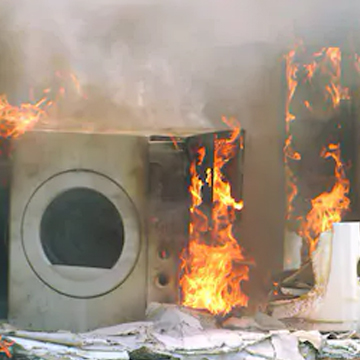 Why?
Why?
Appliances are almost always constructed of steel, and will not burn. The most dangerous emissions can be caused by burning plastics containing organoch- lor-based substances like PVC. When such plastics are burned, harmful quantities of dioxins, a group of highly toxic chemicals are emitted. Dioxins are the most toxic to the human organisms.
- Diseased Animal Carcasses
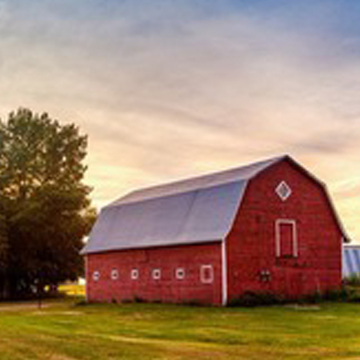 Why?
Why?
Please refer to the document linked below for a summary of suggested guidelines from the Texas Commission on Environmental Quality (TCEQ) and the Texas Animal Health Commission (TAHC).
TCEQ & TAHC
Guidance Documents
click or tap an item to see the dangers involved with each one.
- Household Solid Waste
 Why?
Why?
Household Waste, also known as domestic waste or residential waste, is refuse generated by households. Non-hazardous waste is often made up of food scraps, newspapers, bottles, cans, etc. and parts of it that can be recycled.
Refuse from households can also include some forms of hazardous waste and can originate from household cleaners, batteries, or oils. These types of waste need to be handled in a safe manner to ensure that they will not find their way into the environment and become a threat to both humans and animals.
- Tires
 Why?
Why?
Burning tires releases a toxic soup of pollutants. Children are especially at risk. Hundreds of different toxic pollutants are created by burning tires as well as a tremendous number of small particles that settle deep in the lungs.
- Petroleum Products
 Why?
Why?
Smoke from petroleum products contains hazardous pollutants such as particulate matter, sulfur dioxide, lead, mercury, and hexachlorobenzene. These pollutants can have immediate and long-term health effects. Not only are the people who burn petroleum products exposed to these pollutants, but so are their families and neighbors. Children, the elderly, and those with pre-existing respiratory conditions can be especially vulnerable.
- Putrescible Waste
 Why?
Why?
Putrescible waste is “solid waste that contains organic matter capable of being decomposed by microorganisms and of such a character and proportion as to cause obnoxious odors and to be capable of attracting or providing food for birds or animals.
- Treated Wood
 Why?
Why?
Treated wood should not be burned in stoves, fireplaces or outdoors because toxic chemicals are produced as part of the smoke and ash and can be harmful if inhaled. It is legal to dispose of treated wood in the landfill, although it's always best to find a way to re-use it. Some of the chemicals that are commonly used as a wood preservative are Chromated Copper Arsenate (CCA), Ammoniacal Copper Arsenate (ACA), creosote and pentachlorophenol. Some commonly used types of treated wood products are grapestakes, fence posts, railroad ties, foundation plywood, and pilings.
- Furniture
 Why?
Why?
Modern-day furniture, wooden artwork and manufactured wood (such as particle board or plywood) is often treated with paint, lacquer or other chemicals that release toxic or carcinogenic fumes when burned. Thus, using these items as fuel for your fire can cause health issues immediately and in the long-run.
- Carpet
 Why?
Why?
Carpeting glue is usually made with a formaldehyde resin. Formaldehyde can be toxic, allergenic, and carcinogenic. Because formaldehyde resins are used in many construction materials it is one of the more common indoor air pollutants. At concentrations above 0.1 ppm in air formaldehyde can irritate the eyes and mucous membranes, resulting in watery eyes. Formaldehyde inhaled at this concentration may cause headaches, a burning sensation in the throat, and difficulty breathing, as well as triggering or aggravating asthma symptoms.
- Electrical Wire
 Why?
Why?
The copper wire that is found in most buildings are protected by a layer of insulation. This insulation is often removed over a low flame which then releases toxins like heavy metal particles, dioxins and other harmful chemicals. Inhaling these toxins can lead to, among others, heavy metal poisoning which can damage the nervous system, lung infection and inflammation, and heart problems.
- Appliances
 Why?
Why?
Appliances are almost always constructed of steel, and will not burn. The most dangerous emissions can be caused by burning plastics containing organoch- lor-based substances like PVC. When such plastics are burned, harmful quantities of dioxins, a group of highly toxic chemicals are emitted. Dioxins are the most toxic to the human organisms.
- Diseased Animal Carcasses
 Why?
Why?
Please refer to the document linked below for a summary of suggested guidelines from the Texas Commission on Environmental Quality (TCEQ) and the Texas Animal Health Commission (TAHC).
TCEQ & TAHC
Guidance Documents
